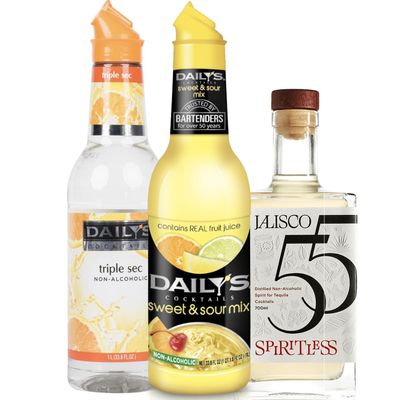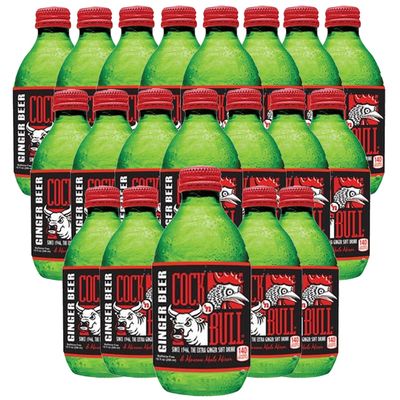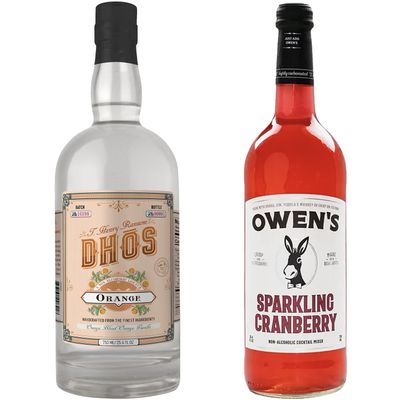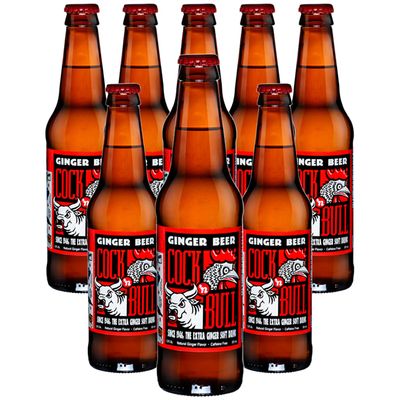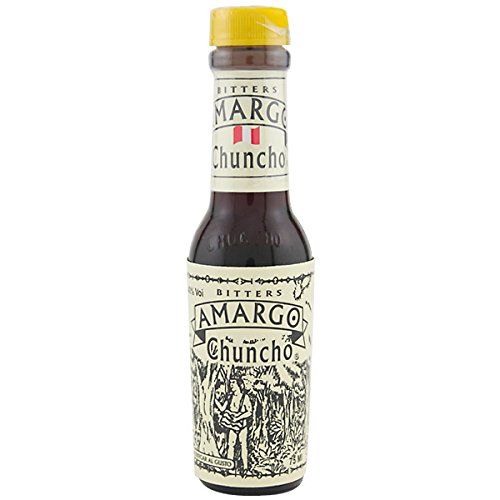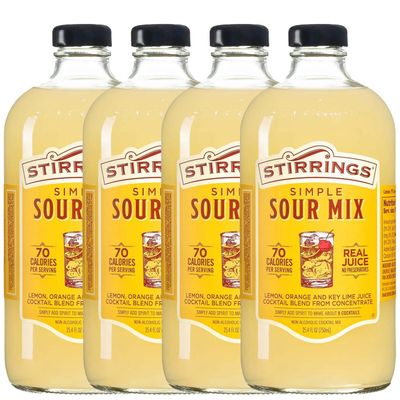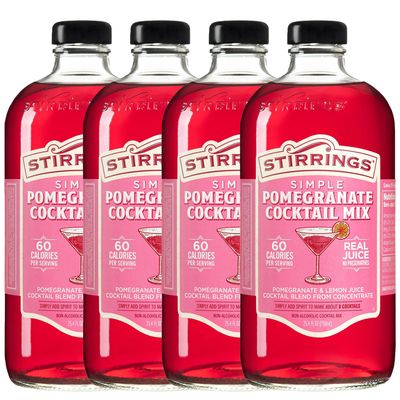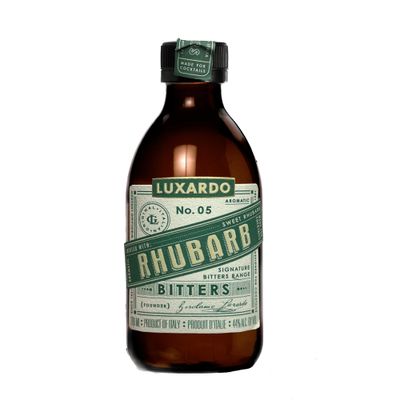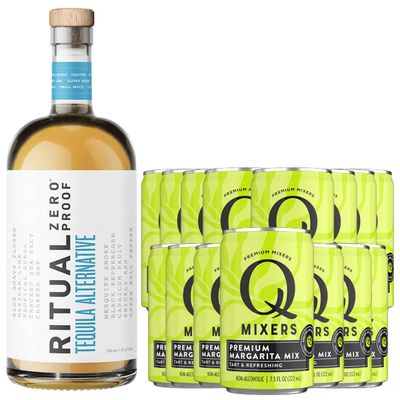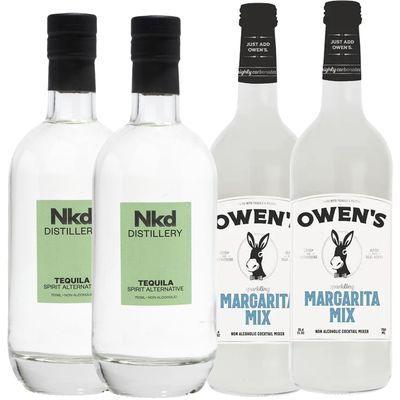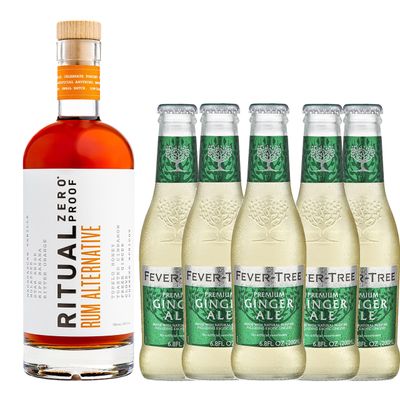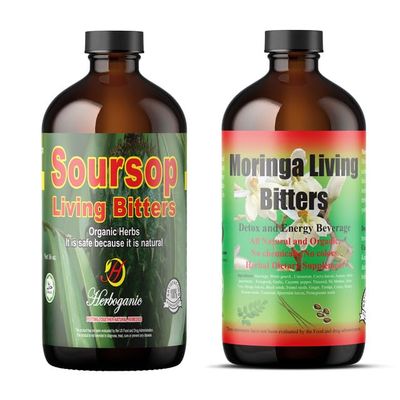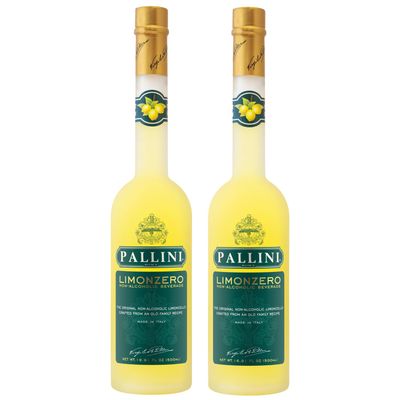Amargo Chuncho Bitters 75ml
Description
A complex and well balanced combination of over 30 various peels, herbs, roots, barks and flowers from the Peruvian forest including Quina and Sarrapia leaves, macerated then rested for six months in oak Barrels, then bottled to allow you to enhance the flavor of all your cocktails. Its tempting to think that because such small amounts are used, bitters arent worth the hassle of locating and can just be skipped over. However, despite the small amount used they have a very definite effect on the flavor profile of a drink, helping to bring the ingredients together. Dont think that because of the name it will immediately make the drink bitter. While it may taste bitter on its own, in a cocktail it works more like adding an herb to a sauce. Bitters are normally used in cocktails rather sparingly. While you might typically measure cocktail ingredients in centiliters or fluid-ounces, bitters bottles usually have a cap fitted with a very small hole which means when turned upside-down, one shake of the bottle will release what is generally termed a dash. This dash, just a few milliliters in size, is often all that is needed, although some recipes call for several dashes. Most mixology recipes are not terribly precise in regards to the amount of bitters added; this is why an experienced bartender is such a great thing to have. After all, mixology is not an exact science, and experimenting with cocktail-making can certainly be fun. Even drinks that do not call for bitters, like Piscorita, Margarita, Mojito, Caipirinha, Rum & Coke, Mai Tai, Side Car and many more are really taken to a new level of depth and flavor intensity when you add a few dashes of Amargo Chuncho Bitters.
